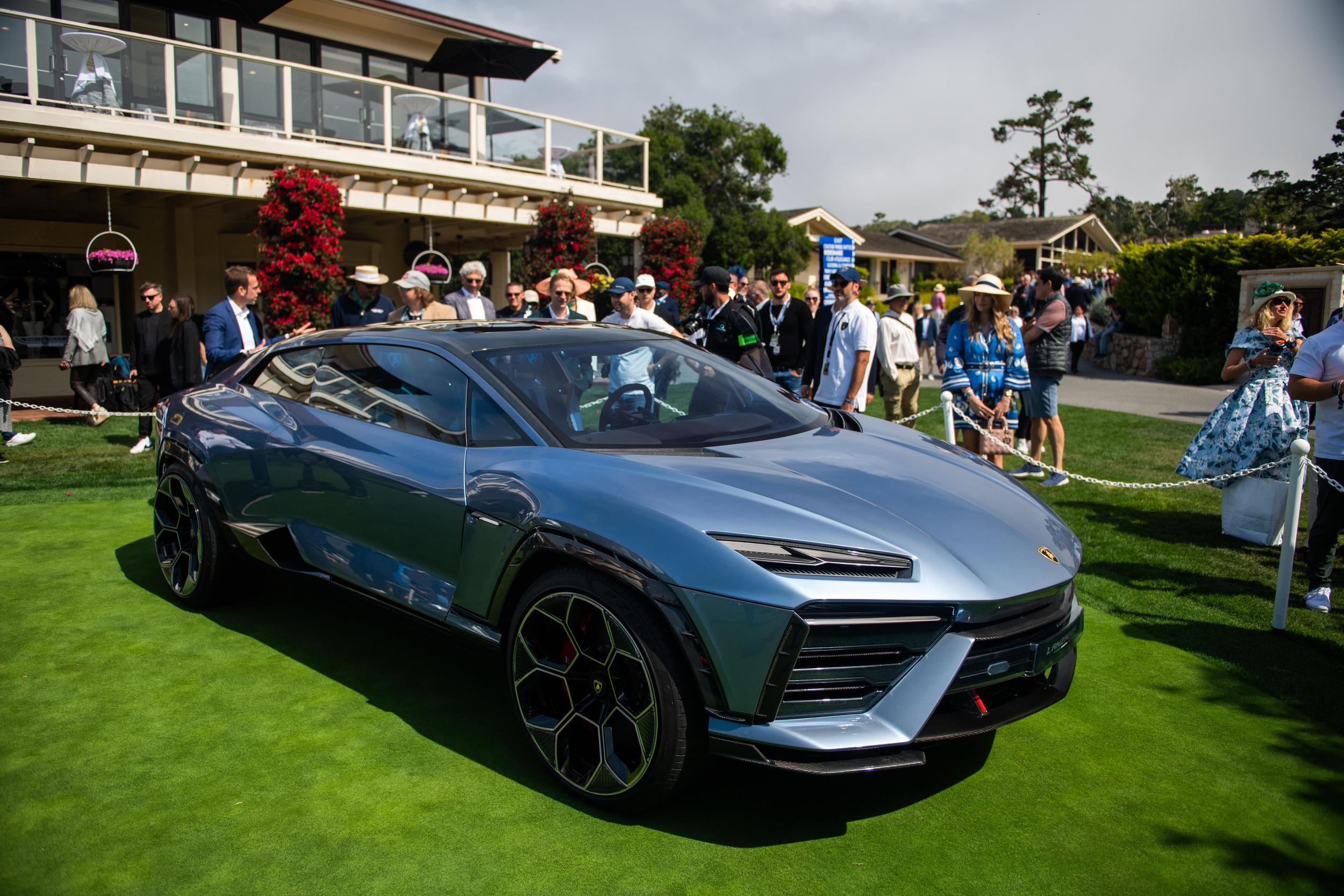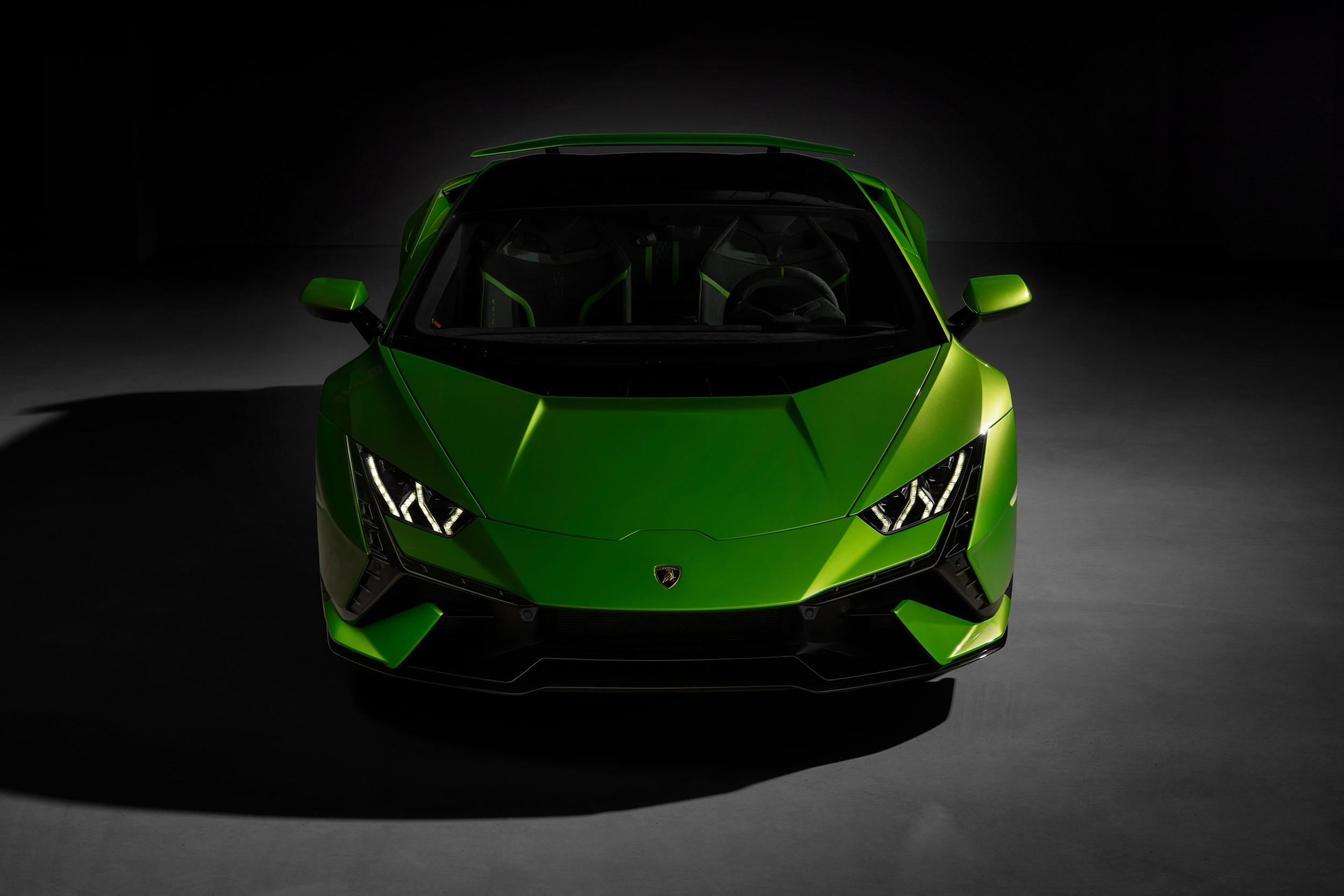The Lamborghini Lanzador Concept marks a significant leap into the electric future, heralding the brand’s first foray into fully electric vehicles, anticipated to hit showrooms by 2028. Lamborghini offers a futuristic glimpse with the Lanzador, their fourth model line, which fuses the legacy of their legendary supercars with the dawn of the electric age. It debuted at the Monterey Car Show in 2023. Contrary to popular belief that the model was merely a clay mock-up with tinted windows and no interior, Lamborghini stunned onlookers by unveiling the car’s cutting-edge interior. It felt as though one had stepped straight into the future.
Termed an all-electric 2+2 ‘Ultra-GT,’ the Lanzador bridges the gap between the exhilarating performance of supercars and the appealing practicality of GTs and SUVs. This hybrid design seeks to appeal to die-hard Lamborghini fans while attracting a new, younger crowd drawn to technological innovation and the popular SUV style.
Under its provocative shell, the Lanzador boasts dual electric motors on each axle, delivering an astounding power output of over one megawatt, equivalent to approximately 1,350 brake horsepower. It features an all-wheel drive with rear-wheel steering and air suspension for an enhanced driving experience. Equipped with a ‘next-generation high-performance battery,’ the Lanzador aims to provide substantial long-range capacity, targeting a minimum range of 350 to 400 miles upon its launch.
Several prestigious media groups (including Wired) had the privilege of driving the actual Lamborghini Lanzador and sharing their insights. However, we aim to offer you an in-depth look at the benefits and drawbacks of the Lamborghini Lanzador that you may need to be aware of.
The Lanzador EV embodies the quintessential essence of Lamborghini’s heritage
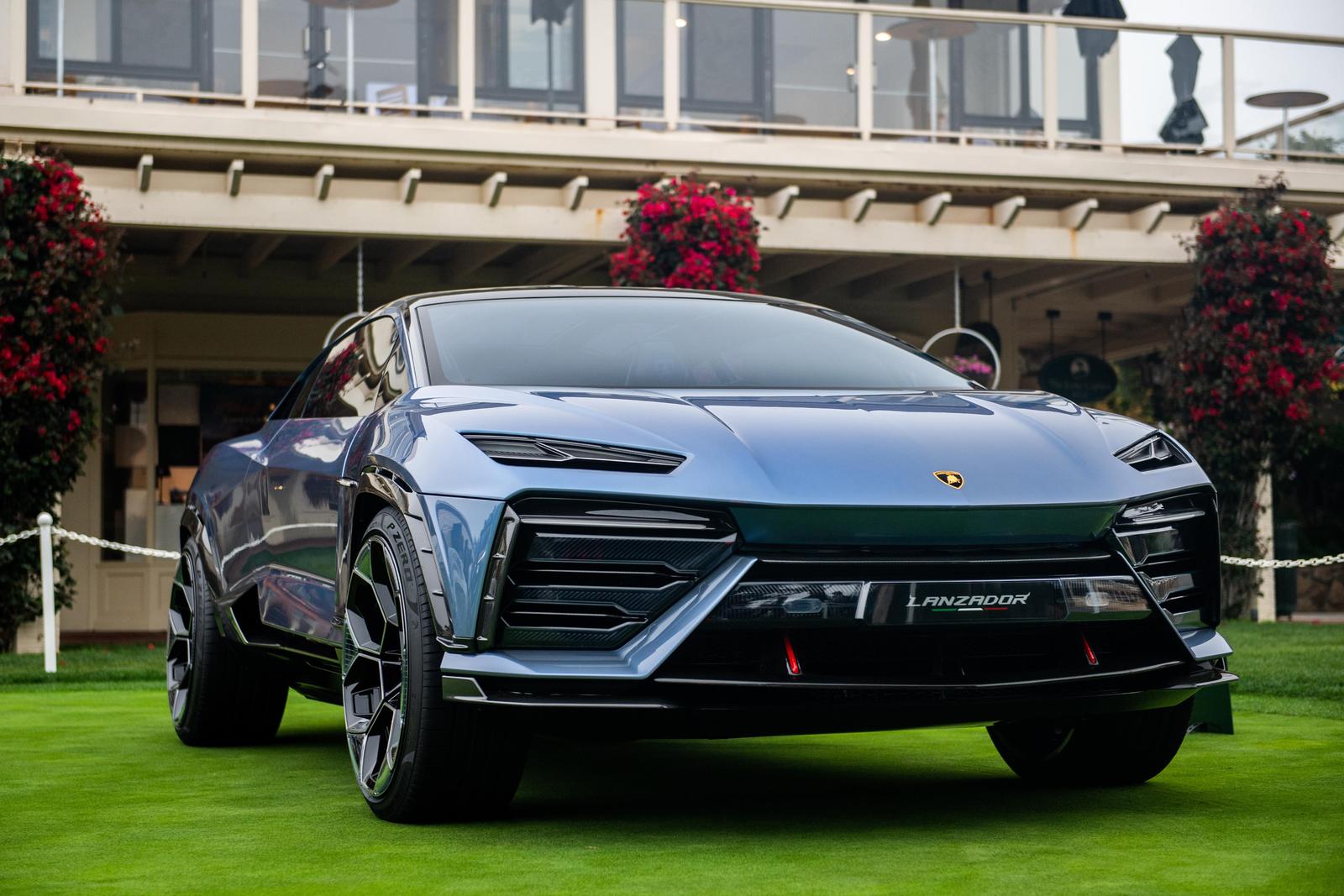
While it nods to the aesthetic lineage of the Murciélago, Countach LPI 800-4, and Sesto Elemento, its design echoes are most prominently aligned with the Revuelto and Urus. Integrating control systems into the steering wheel streamlines the driving experience, allowing for seamless adjustments in real time to match diverse driving preferences and conditions.
Lamborghini’s Eco-Friendly Innovation in Next-Generation Vehicle Interiors
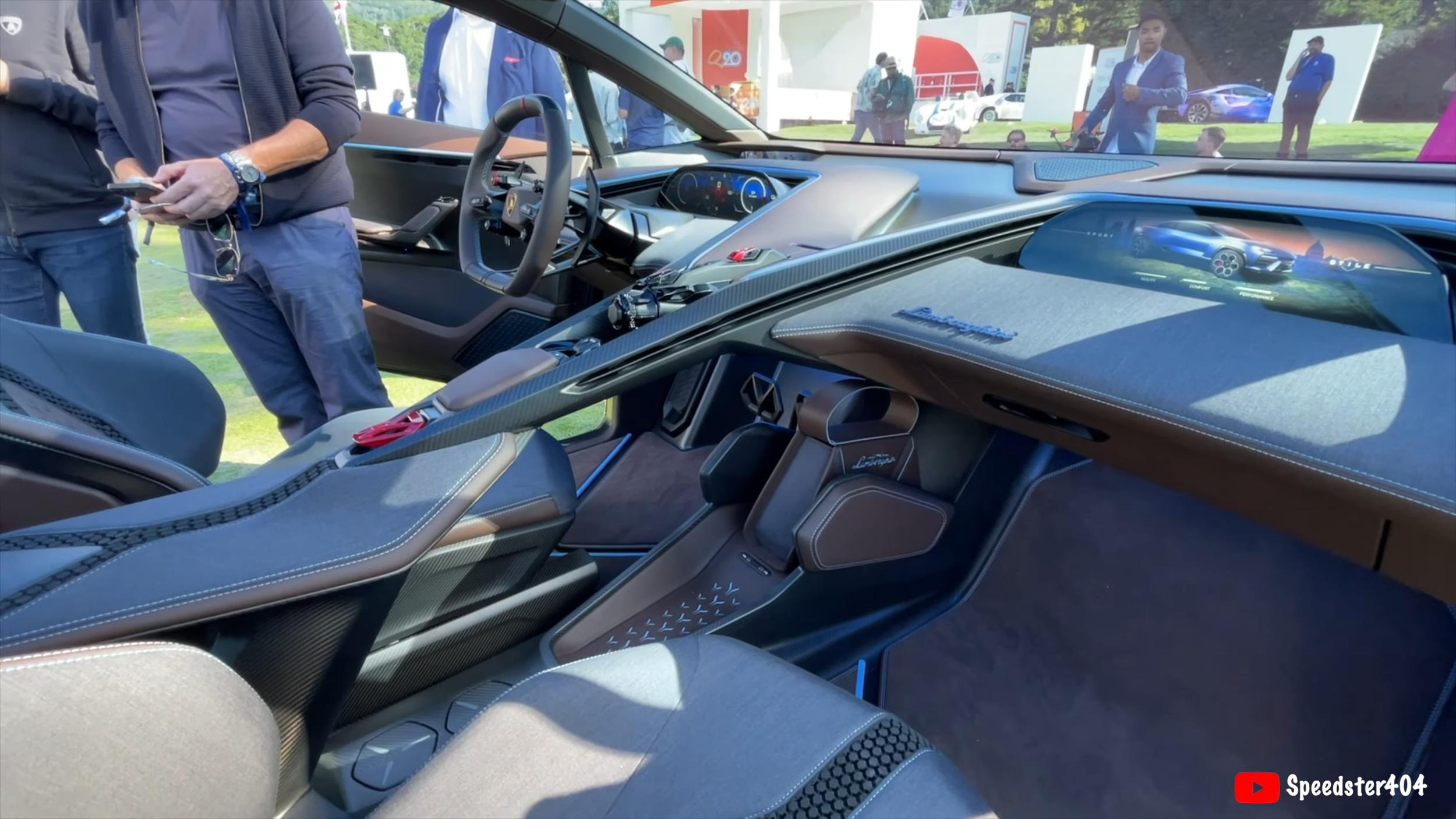
Inside the cabin, the next-generation vehicle showcases Lamborghini’s dedication to eco-friendly practices by incorporating merino wool and recycled carbon fiber. Moreover, the innovative use of 3D-printed recycled fibers for constructing the sport seats is a noteworthy sustainable advancement.
Lamborghini Lanzador features a new and developed LDVI (Lamborghini Dinamica Veicolo Integrata / Driving Dynamics Control System)
The Lamborghini Dinamica Veicolo Integrata (LDVI) is a new system from Lamborghini that makes their cars easier to control and more responsive. It uses more sensors and devices to improve how the car handles. In the future, this system will be even better because it will have more sensors that give the car’s computer more information.
This means the car can adjust its handling to match the driver’s style more closely. The system also uses smart technology to give drivers better feedback about what the car is doing.
The effect of the LDVI system on the handling of the car is significant. With more sensors, the car can understand better how it’s moving and how the driver is controlling it. The LDVI allows the system to adjust the car’s behavior. For instance, if the system detects that the car is turning too sharply, it can adapt its systems to make the turn smoother. This makes the car safer and more enjoyable to drive. It also means that each driver can have a more personalized experience, as the car can adapt to their unique driving style. The advanced sensors can even predict what the driver will do next, making the handling intuitive.
Lanzador Features New Active Aero Dynamics
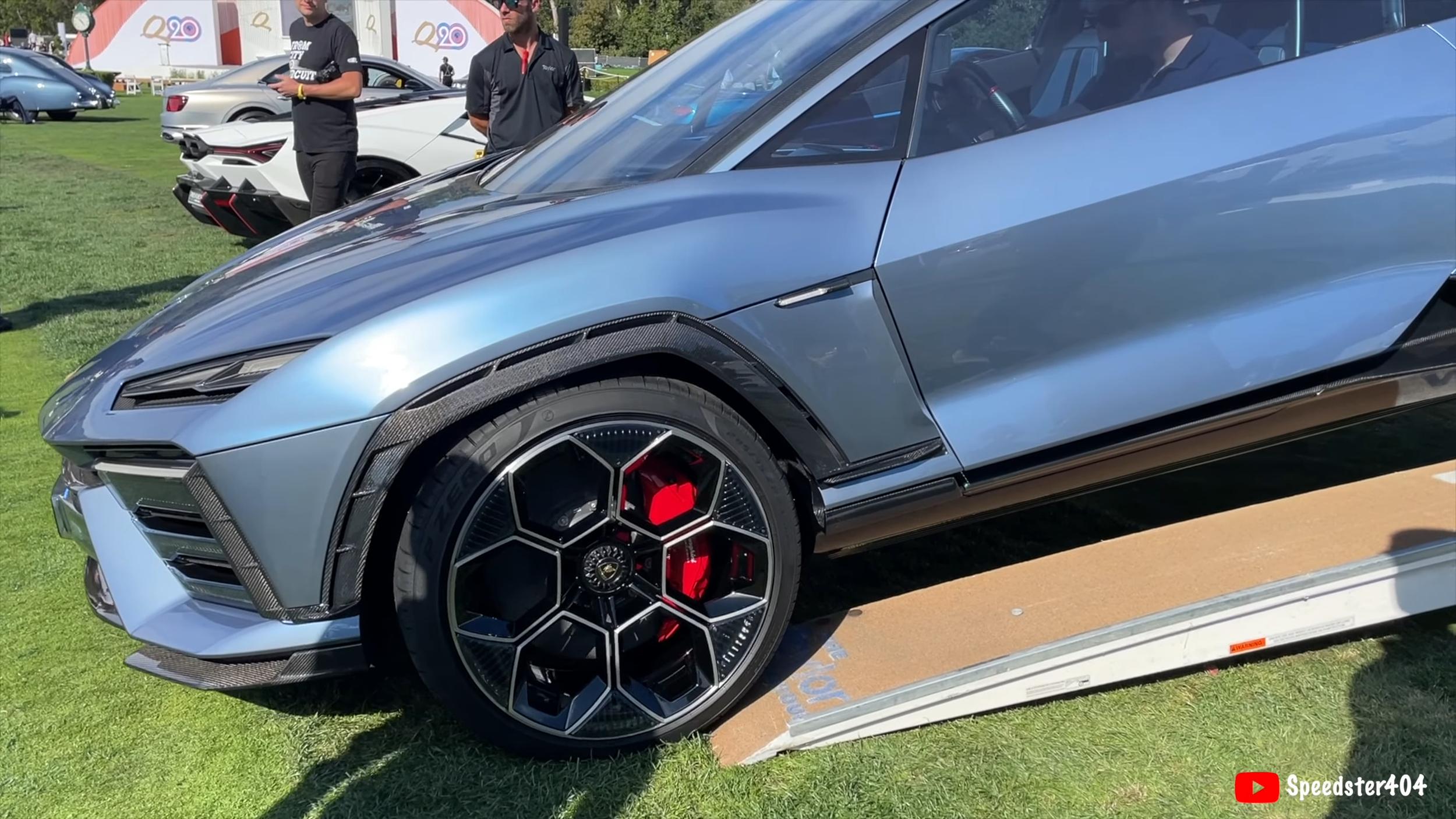
The Lamborghini Lanzador features new Active Aero Dynamics that uses advanced technology to control the airflow around the car, which is especially important for electric vehicles. This technology, active aerodynamics, helps the car save battery power while boosting its performance. The Lanzador can change how much it pushes down on the road for better grip in corners and can also reduce how much air resistance it faces at high speeds. The AAD makes sure the car performs well no matter the driving conditions, whether the driver wants to go faster or further on a single battery charge.
The Lanzador’s design is inspired by past Lamborghini super sports cars and includes an intelligent aerodynamics system that adjusts depending on the driving mode. In the city, the car is more efficient, and on a racetrack, it has a better grip. Lamborghini’s research and development team has improved this system to help the car progress on a single battery charge without sacrificing performance.
How does Lanzador’s Active Aero Dynamics affect its handling?
The way the Lanzador manages airflow has a significant impact on how it handles it. By adjusting its aerodynamics, the car can stick to the road better in corners, allowing for higher speeds without losing control. The downforce keeps the car stable and pressed against the road.
While at high speeds, the car reduces air resistance to move more smoothly, which also helps with stability. The fancy wheels also play a part in reducing air turbulence, which means the Lanzador can move more cleanly through the air.
All these above features work together to make the Lanzador handle better, whether you’re driving through the city or speeding around a racetrack.
Other Innovative Handling aid Technologies Installed in the Lanzador that you need to know
Active Suspension:
The Lanzador offers an advanced Active suspension system that adjusts to different road conditions. It can also change according to the driver’s preferences, which can be easily altered during the drive with controls on the steering wheel.
Benefit: The Lanzador’s active suspension system enhances the car’s handling by automatically adjusting to the road and the driver’s style. This means the car can maintain stability and comfort on bumpy roads, as well as provide a more dynamic driving experience when the road gets twisty, or the driver wants a sportier feel.
Torque Distribution:
The Lanzador, with its two electric motors, can control power to each wheel very accurately. The torque distribution improves how the car drives and handles.
Benefit: Precision in torque distribution, especially with individual control over each axle, allows the Lanzador to have better grip and responsiveness. This results in improved acceleration out of corners and a stable, balanced feel during high-speed maneuvers.
Wheel speed Control:
Lamborghini’s Wheelspeed Control manages the power to each wheel to help the car turn better and drive more responsively on twisty roads, even when speeding up quickly.
Benefit: The fine control over the power sent to each wheel helps manage the car’s traction, particularly during sharp turns and fast driving. It allows the car to maintain the desired line through a corner, reducing understeer or oversteer, common issues affecting a car’s handling.
“The combination of these systems raises the driving behaviour of the concept car to a new level compared to a super sports car with a combustion engine: it is an electric, super-intelligent Ultra GT,” says Rouven Mohr, Chief Technical Officer at Lamborghini.
Analyzing the Lamborghini Lanzador while acknowledging its innovative features and cutting-edge technologies, we must also consider potential drawbacks that may impact its handling and overall performance from an expert perspective:
Lamborghini Lanzador Cons:
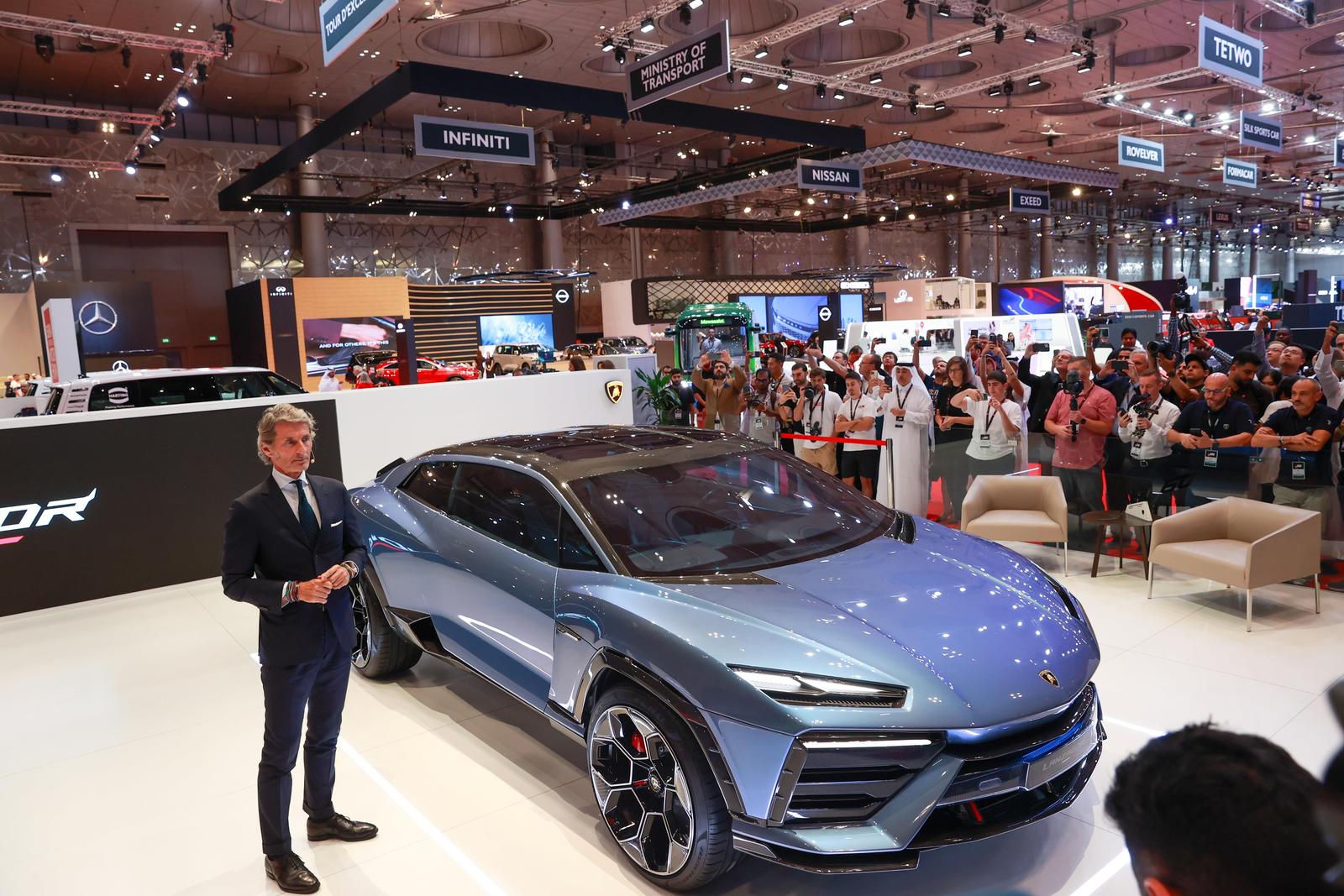
Lanzador’s Battery Weight and Balance
The substantial long-range capacity of the Lanzador suggests a large and heavy battery pack. While the central placement may aid balance, the inherent weight of current battery technology could affect the car’s agility and braking performance.
It is not unknown that Electric Vehicles (EVs) are typically heavier than their internal combustion counterparts, which can lead to increased tire wear and stress on suspension components.
Heat Management
High-performance EVs like the Lanzador, with over one megawatt of power, will generate significant heat during rapid acceleration and high-speed driving. Efficient thermal management systems are thus crucial for high-performance electric vehicles like the Lanzador. If not properly managed, heat buildup can lead to reduced performance and the potential for battery degradation over time and even fire-related severe accidents.
Torque Distribution Complexity
While precise torque distribution can enhance driving dynamics, it adds complexity to the vehicle’s control systems. Rapid calculation and adjustments at each axle demand flawless software and hardware integration. Any lag or failure in this system could result in unpredictable handling, particularly during high-speed maneuvers.
Responsiveness of Wheelspeed Control
The Lanzador’s ability to finely regulate power at individual wheels is impressive, but it also sets high expectations for the system’s response time and accuracy.
Inconsistent or delayed adjustments could disrupt the driving experience, especially when navigating tight turns at high speeds or during strong acceleration.
Advanced Suspension Adaptability
While the active suspension offers adaptability, there is the potential for a disconnect between the system’s adjustments and the driver’s expectations. Drivers familiar with traditional supercar handling might find the car’s behavior under certain conditions less intuitive, which could reduce confidence at the limit.
LDVI System Over-Reliance
The advanced Lamborghini Dinamica Veicolo Integrata (LDVI) system may cause drivers to become overly dependent on electronic aids, which could diminish the thrill of driving. If the system’s predictive functions don’t match the driver’s inputs precisely, it might lead to a less thrilling driving experience. Additionally, the system’s intricacy raises questions about its long-term reliability and maintenance. Despite these concerns, there is hope that the Lanzador, even with its heavier build than the Urus due to the battery packs, will still deliver the remarkable handling that Lamborghini is celebrated for.
Software Dependency and Update Risks
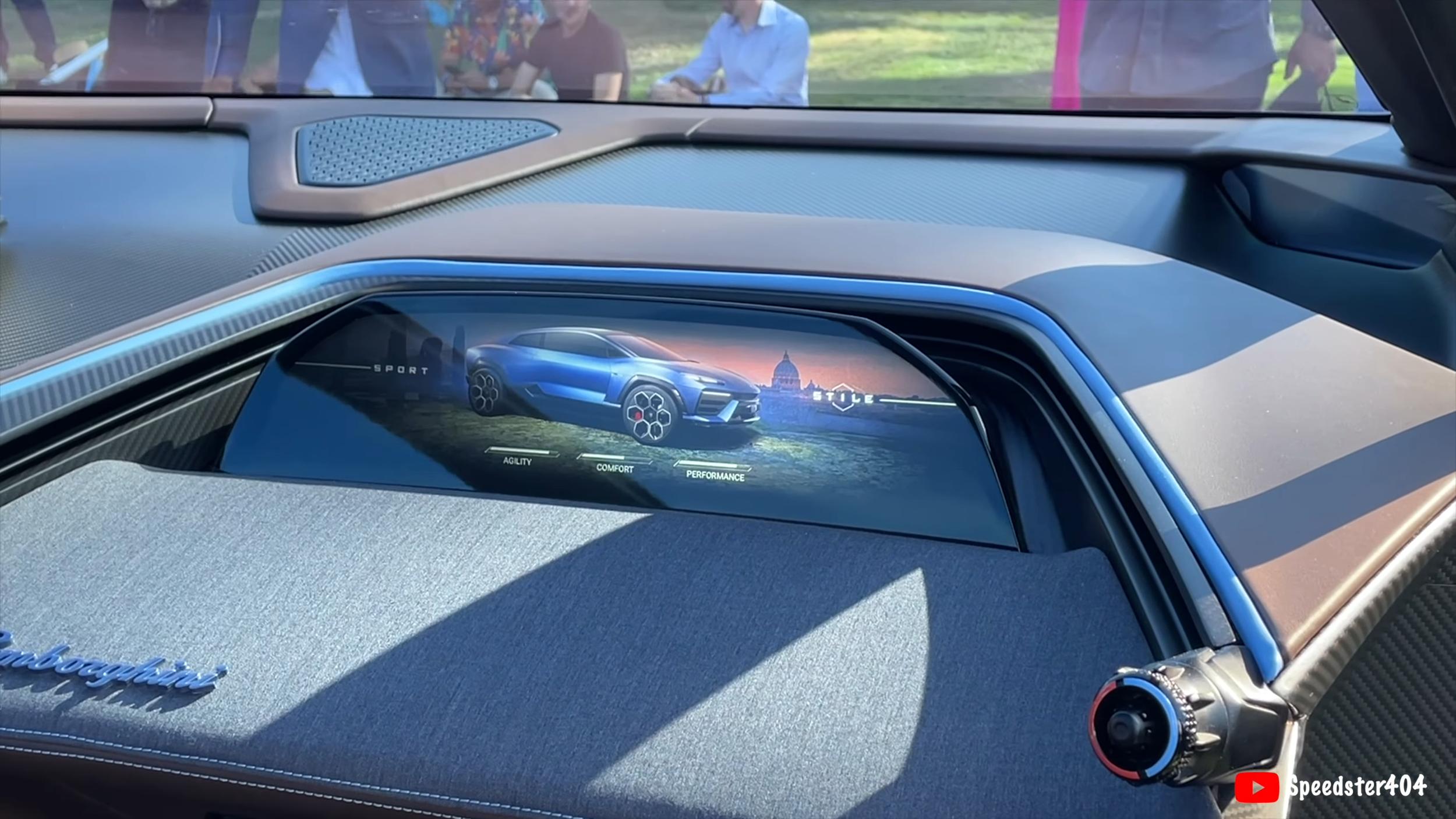
The reliance on advanced software for various driving aids means the Lanzador will require regular updates and potentially face cybersecurity risks. Software glitches or hacking could severely affect vehicle handling and safety.
The Lanzador Concept impresses with its innovative design, potent electric powertrain, and cutting-edge technology. Nonetheless, traditionalists may lament the possible absence of the classic engine growl, and the prototype’s handling quirks—like the large wheels affecting the steering lock—might provoke some skepticism. Still, Lamborghini’s design philosophy suggests that the final production model will refine these initial peculiarities into the exhilarating performance and luxury the brand is known for. As is the case with all groundbreaking technologies, practical application will be the definitive measure of their success and dependability.

